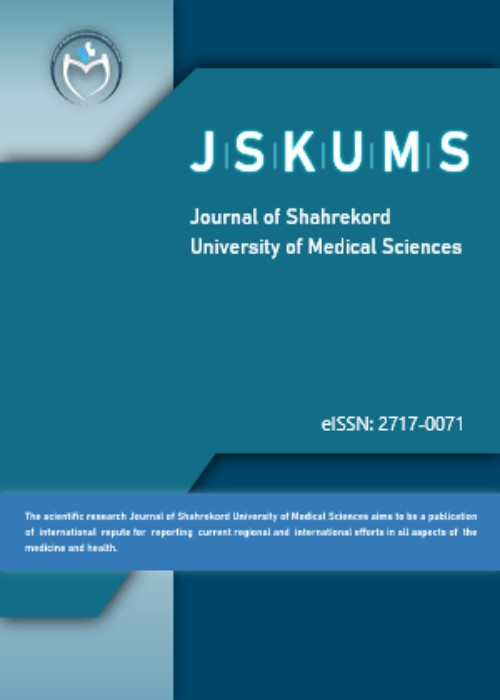The relationship between the expression of PLIN3 andPLIN5 protein flowing endurance training in streptozotocinrats
Intermuscular lipolysis disorder plays an important role in insulin resistance and diabetes mellitus and perilipin PLIN5 and PLIN3 are the key proteins in regulating muscle cellular lipolysis. Therefore, the purpose of this study was to examine the relationship between the expression of PLIN3 and PLIN5 protein following endurance training in streptozotocin (STZ) rats.
A number of 24 male Wistar rats were randomly divided into low endurance training group (n = 8), high-intensity training group (n = 8), and control group (n = 8). Diabetes was induced in every rat by STZ injection. Three days after injection, the blood samples were taken from the cut tip of the tails of the mice and animals with blood glucose greater than 300 mg/dL were considered diabetic. The training program included eight weeks of aerobic training at different intensities. Training in high- and low-intensity groups included 22-25 and 5-8 m/min of training. Finally, one-way analysis of variance (ANOVA) and correlation was used to determine the significance of the differences between variables, followed by utilizing Tukey’s post-hoc test for significance.
The comparison between the groups by ANOVA showed significant differences in PLIN3 (P=0.0006) and PLIN5 (P=0.012). The results of Tukey post hoc test also demonstrated a statistical difference between the mean values of diabetic control group and high-intensity endurance group regarding PLIN3 (P=0.01) and PLIN5 (P=0.009), but no significant increase was observed in the lowintensity exercise group as compared to the control group (PLIN3, P=0.067 & PLIN5, P=0.44). As regards insulin resistance, there was a significant difference among the three groups (P=0.0001). Eventually, the result of the correlation between PLIN3 and PLIN5 showed similar enhancement by increasing the intensity (P=0.0026).
According to research results, high-intensity endurance training increased the expression of PLIN3 and PLIN5 in diabetic specimens and PLIN3 and PLIN5 followed a similar increase pattern in high-intensity training
- حق عضویت دریافتی صرف حمایت از نشریات عضو و نگهداری، تکمیل و توسعه مگیران میشود.
- پرداخت حق اشتراک و دانلود مقالات اجازه بازنشر آن در سایر رسانههای چاپی و دیجیتال را به کاربر نمیدهد.


